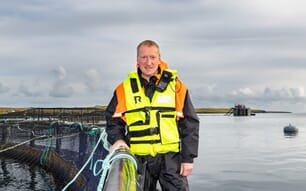The National Charter on Aquaculture comprisesg information on activity indicators, species for aquaculture, biotechnology development and farmland.
The ministry says that it is estimated that fisheries provide, globally, nearly 20 per cent of animal protein consumed by humans and aquaculture, as primary production industry, will contribute to food supply.
Mexico has an average growth in production 4.5 per cent.
Because of this the ministry said it is important to establish research focused on the development of biotechnologies that allow replacing the production of the ecosystem and increase global food security, as well as trigger the demand for other species, especially those native to each region, as components of fish feed and to allow an increasing amount of protein to be made available for human consumption.
The Aquaculture National Charter, published in the Official Journal of the Federation (DOF), is an instrument for the management of aquaculture activities in the communities, and provides a summary of information on existing regulations covering the aquatic environment, as well as indicators, benchmarks and recommendations for management.
In addition, as a guide for the general public about the conditions under which aquaculture activities should be conducted in waters under federal jurisdiction, iit includes information about protected area.
The charter includes information on biological management and it describes aspects of geographical distribution of species, morphology, relevant aspects of their life cycle, their habitat and feeding in the wild, and growing-fattening information.
This charter highlights issues of health and aquaculture management, noting the importance of disease prevention to avoid loss of production as well as ensuring product quality and safety of aquaculture through the Aquaculture Health Practice.
Mexico Issues Aquaculture Charter
MEXICO - The Mexican Ministry of Agriculture, Livestock, Rural Development, Fisheries and Food (SAGARPA) has issued a new national charter that it says will give impetus to the development of aquaculture in the country.




